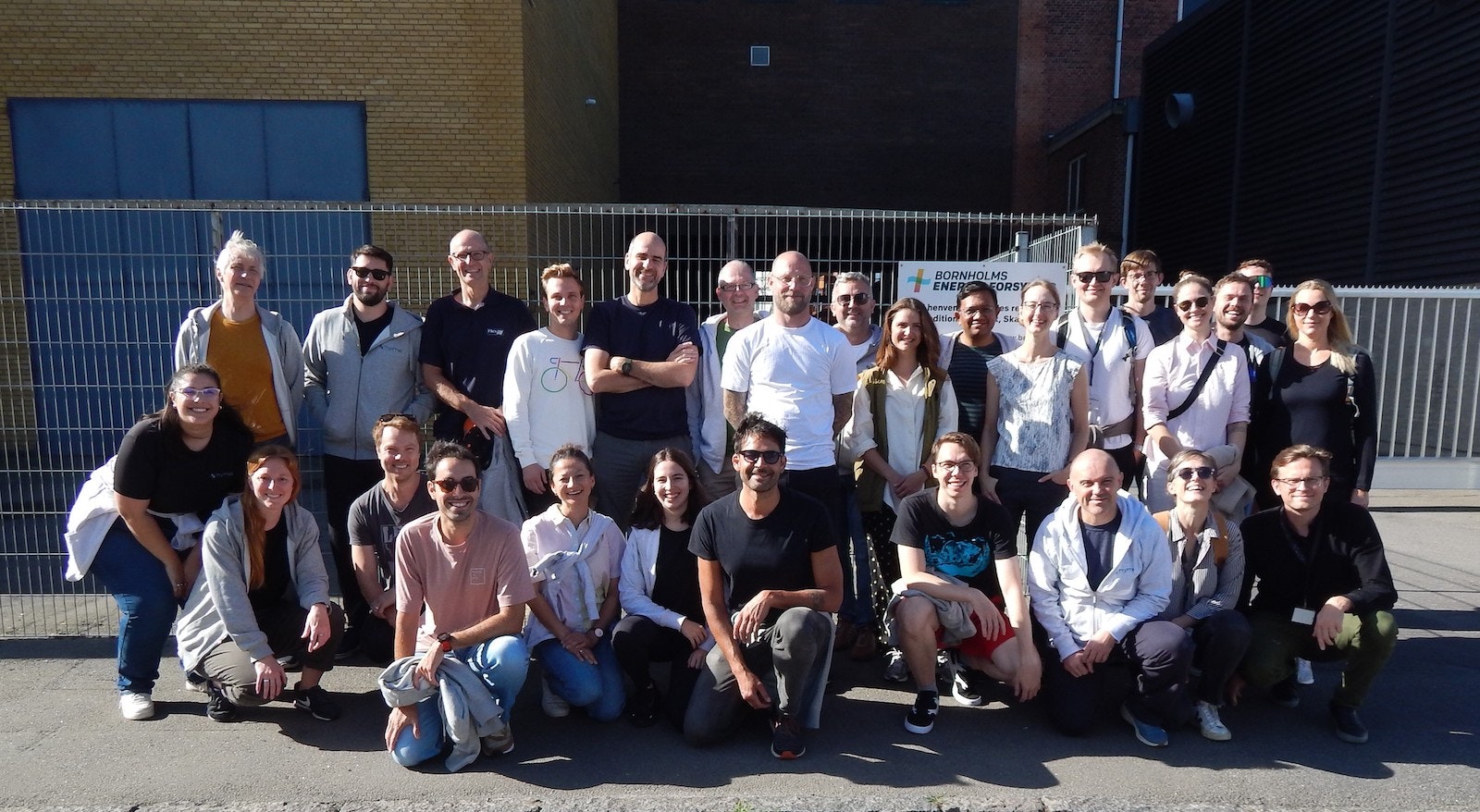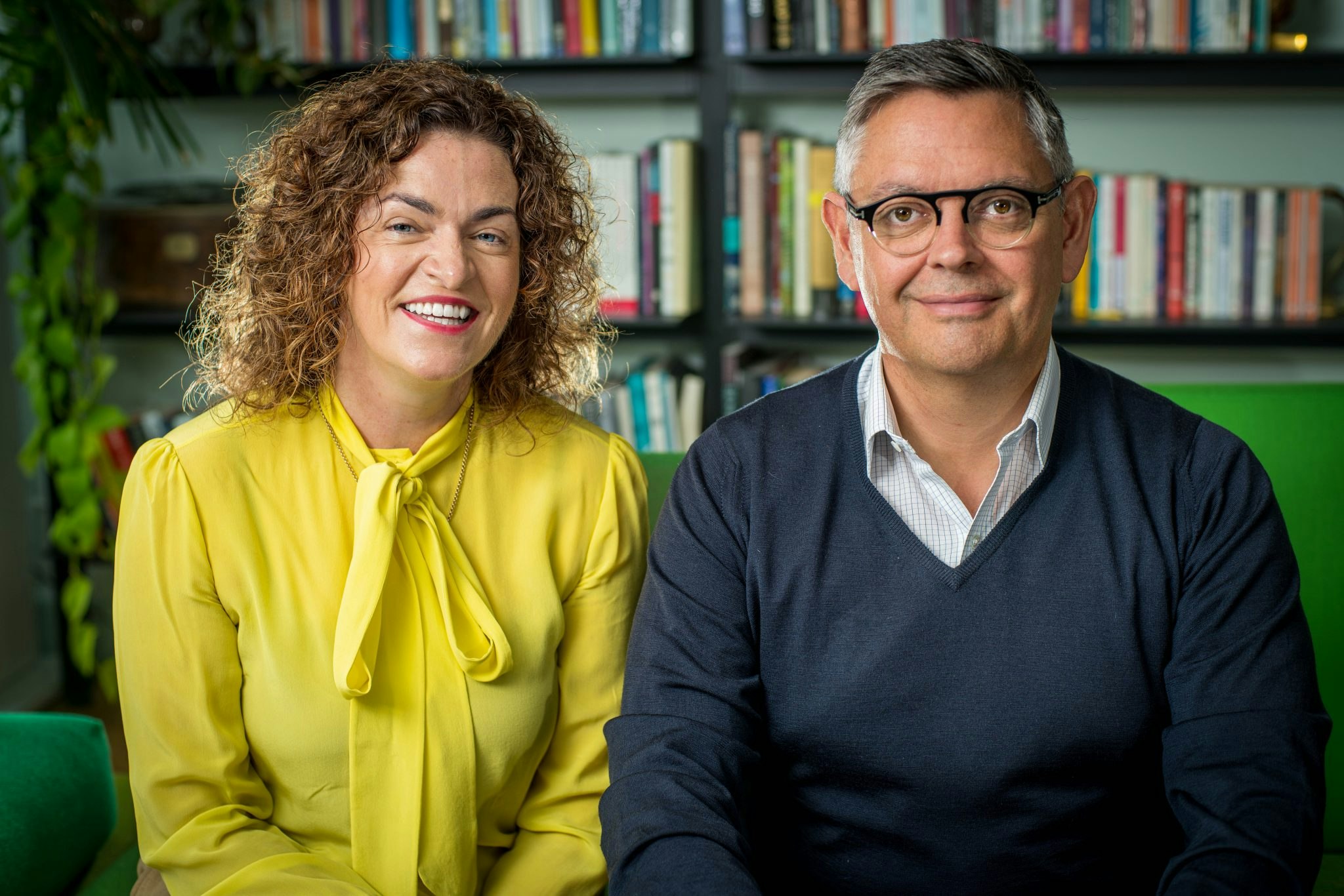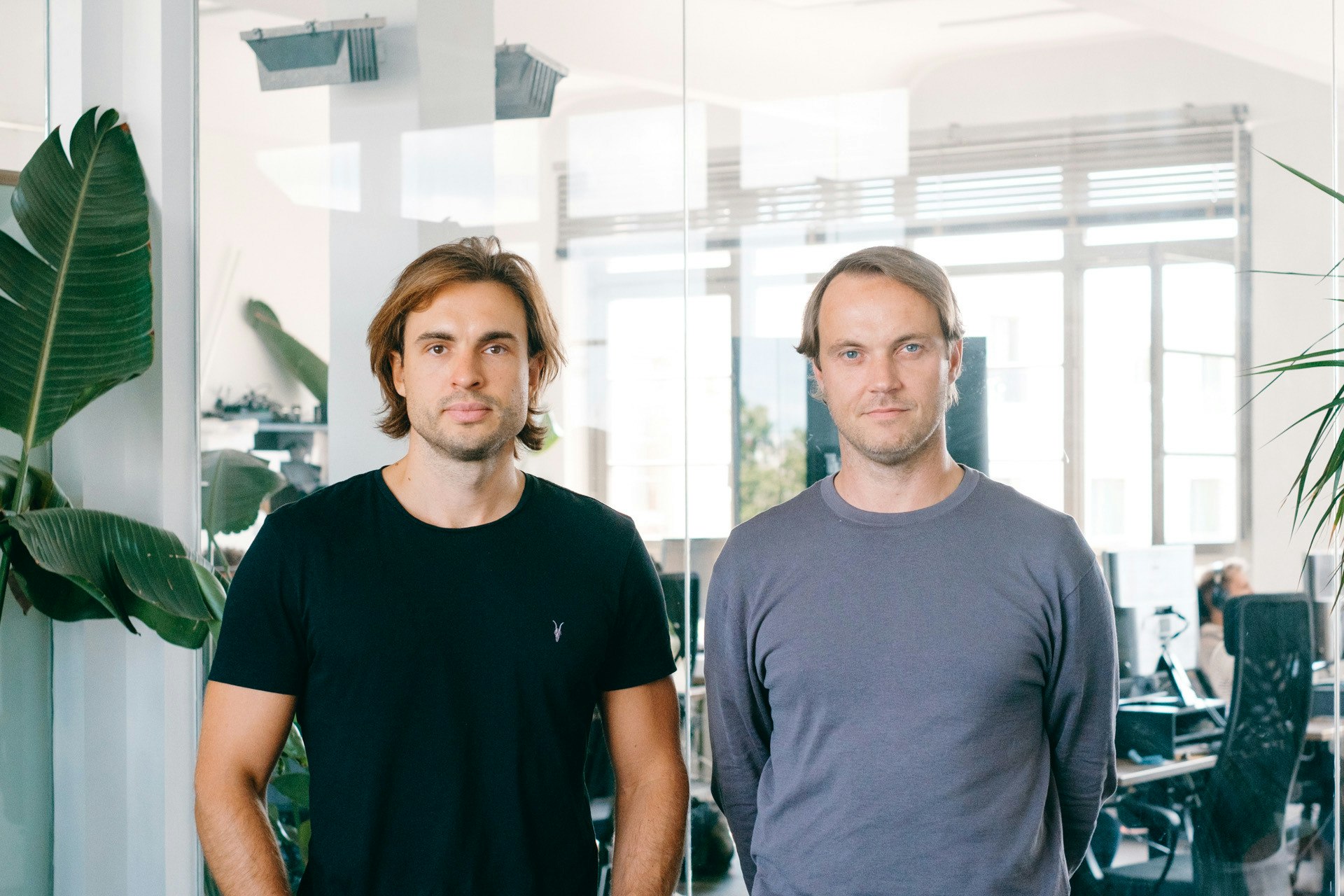Two years ago, Seaborg, a small next-generation nuclear startup based in Copenhagen, accidentally discovered a molten salt storage solution using sodium hydroxide that could halve the cost of storing green energy and be a viable alternative for industrial companies that otherwise heavily rely on fossil fuels.
For industrial companies affected by rising costs of carbon emissions allowances in the EU, this could be a lifesaver — not to mention the benefits to the climate.
The new energy storage solution was spun out for commercial purposes to its sister company Hyme Energy. Now, two years later, the company has raised close to €8m in funding from new and existing shareholders. It’s now in the final steps of building the first molten hydroxide energy storage plant in the world.
“Seeing this from an idea from the lab stage to a real-life construction that can deliver steam for both power and heat created by renewable power is really cool,” says CEO and cofounder Ask Emil Løvschall-Jensen.
The industry’s dependence on fossil fuels
The industrial sector's energy mix has remained relatively unchanged since 2010, with the share of fossil fuel decreasing from 74% in 2010 to around 65% in 2022. In the EU, it’s responsible for around 26% of greenhouse gas emissions.
One of the reasons for the slow uptake of green energy is that the industrial sector uses energy 24 hours a day to enable non-stop production. If factories were to use electric boilers rather than fossil alternatives like gas or diesel, they would need to rely on electricity bought from the grid — and be hit by fluctuating prices. At peak hours electricity is four to five times the price of gas or fossil fuels — making the industry still heavily reliant on fossil fuels, even in countries that are otherwise way ahead when it comes to electrification.
“Even in Denmark, where we produce a lot of wind and solar, more than 50% of all our energy production comes from fossil sources,” Løvschall-Jensen says.
“At the same time, we have a lot of wind nearly every night and there's very little demand for that power during the night, which means that there is an excess power capacity, and we even have containments where windmills are shut down once in a while just to stop producing because there's too much.”
Hyme can store steam, through a patented solution involving a hot tank with salt solution, a cold tank with water and a steam generator producing steam at more than 200°C. As a result, Løvschall-Jensen says that Denmark could deploy more wind and solar power because energy can be stored for when it is needed.
“We now have something that can basically fill up the entire storage tank in six hours and then continuously discharge,” he says.
How it works
Hyme’s storage solution heats liquid salt with electricity from the grid when it is cheap. According to Løvschall-Jensen, this coincides with an abundance of green energy since it brings down the price of electricity. The energy is then stored in a hot tank for up to two weeks, losing about 1% of power a day. When needed, the hot salt is used, along with water, to create steam between 200-650°C. The steam can be used directly in an industrial process or used to power a turbine to deliver electricity and heat.
Because Hyme produces both power and heat or direct steam, it manages 90% efficiency. “The molten salts have superior properties that allow us to come around without a lot of energy loss,” Løvschall-Jensen adds.

A lot of industrial companies (making everything from paper to food to chemistry) use steam at 220-250°C for production. According to Løvschall-Jensen, there aren’t any heat pumps on the market that can go above 200°C.
“In reality, all the advantages you have with a heat pump you lose at higher temperatures,” he says.
“If you need a constant temperature, which is the case for a lot of the chemistry production or food production where you need something to be at exactly 220°C constantly, that is very difficult [to find].”
Molten salt, derived from salt water, has been used in the solar power industry for decades and is one of the most mature and safe technologies for high-temperature heat storage. However, Løvschall-Jensen says that sodium hydroxide, which Hyme is using, has improved thermal properties that reduce the cost and footprint of molten salt storage.
“The difference between Hyme and other molten salt solutions is just that we are way more compact and we expect to be much more cost-efficient, so you'll be able to build cheaper due to less material use and more inexpensive salt,” Løvschall-Jensen says.
A pilot project set up for production in 2024
In Esbjerg in Denmark, the company is now setting up a 1.6 MWh industry-scale pilot to display and test its molten hydroxide storage in a practical setting, as well as demonstrate operation and system control.
The next step is to set up a 20 MWh (or thereabouts) demonstration storage plant at the Danish island of Bornholm to partially replace a fossil-based boiler, the only energy cover the island has if the cable to Sweden is disrupted.
The plant at Bornholm is paid for by Horizon 2020 and will be the largest “battery” in Denmark — but it’s still nowhere near the size needed to cut the cost down for commercial use, according to Løvschall-Jensen.
“We don't get enough economy into a product that size. The first commercial project we expect to be 200 to 400 megawatts,” Løvschall-Jensen says.
Apart from a future commercial project in Vietnam, set to be delivering at least six GWh of storage by 2035, Løvschall-Jensen points out that there are other possibilities closer to home — by the western coast of Sweden where there are already industrial players for paper and chemistry. There are also plans to build offshore wind farms.
“It would be extremely interesting to see someone actually take the power when it's being produced and store it. It could then be a service to the industry — they will get the heat and the power will be sent back to the grid,” Løvschall-Jensen says.
The investment
Hyme has secured a large majority of the funding from existing shareholders Heartland A/S, Nordic Makers and North-East Venture and the total funding round is expected to reach €8m by mid-December.
Hyme raised an equity fundraise of €10.4m in 2021 and has also secured grants of €10m.
The financing will be used to reach important milestones in the coming year. Apart from operating the pilot plant currently under construction, the company will focus on maintaining the pace of its technology and product development while getting ready for full market entry.


